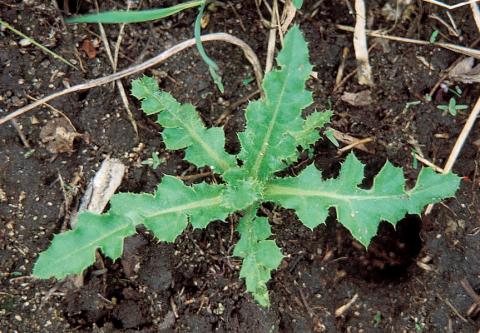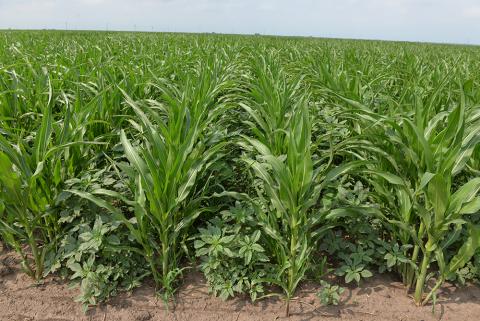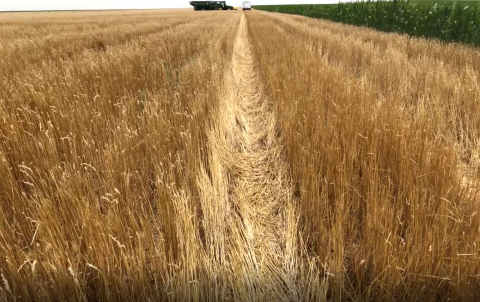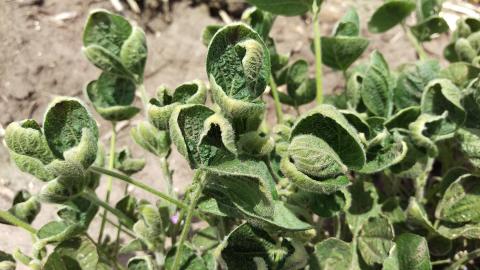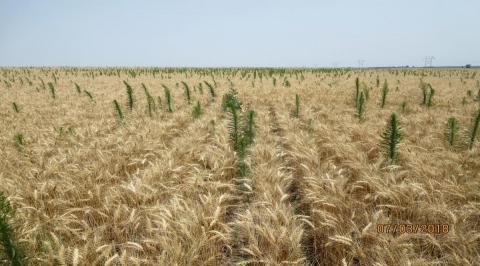Weed Science School Jan. 29 near Mead
January 9, 2020
University, government, and industry speakers will address current weed science issues as well as recommendations for improving herbicide applications. The school will be held at the Eastern Nebraska Research and Extension Center near Mead, starting at 8:30 a.m. and ending at 3.45 p.m.
Thistle Control in October
September 19, 2019
Timing is everything when controlling troublesome #thistle patches. Herbicides work best in the fall when rosettes are small.
Pre-emergence Herbicide Delays the Critical Time of Weed Removal in Nebraska Popcorn
September 9, 2019
Understanding the critical time of weed removal (CTWR) and how a pre-emergence herbicide application can shift it is helpful for designing the most efficient weed management program in popcorn.
Managing Wheat Residue and Controlling Weeds
August 30, 2019
Due to the late wheat harvest throughout western Nebraska, weeds growing in unharvested fields grew much longer than usual. In some fields weeds matured and produced seed. These weed control measures and residue management will be particularly important for the next wheat crop.
Dicamba Off-Target Injury Continues in 2019 in Nebraska
August 16, 2019
As the crop season progresses, questions about dicamba off-target injury in soybean, broadleaf crops, and trees are increasing in Nebraska. If you suspect off-target injury in one of your fields, here's a reminder of what to do.
Why It's So Important to Control Volunteer Wheat and Weeds in Wheat Stubble After Harvest
June 22, 2023
Volunteer wheat can provide the summer "green bridge" for the disease wheat streak mosaic and other virus diseases, as well as soil water loss that could translate into a substantial decrease in yields the following year.
Controlling Weeds Post-Harvest in Winter Wheat
July 12, 2019
Wet weather this year made timely herbicide applications in winter wheat difficult, allowing substantial weed populations to get a foothold. The author discusses cultural and chemical options for weed management.
KSU: Pre-harvest Weed Control in Wheat - Sharpen Update
July 11, 2019
A Kansas State University weed scientist discusses pre-harvest options for managing weeds in winter wheat, including advantages and disadvantages of various labeled herbicides.

